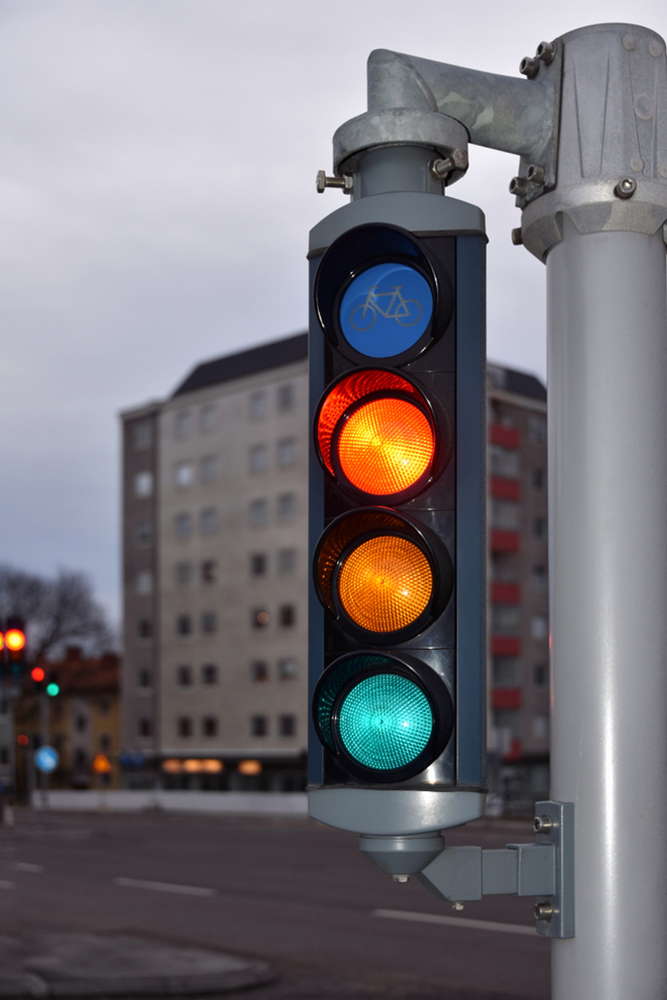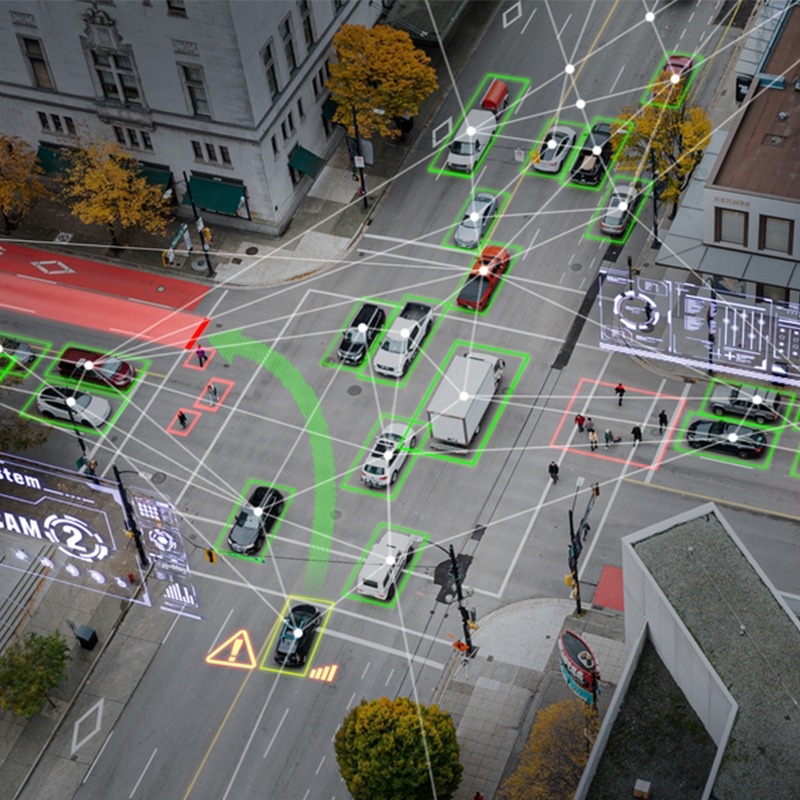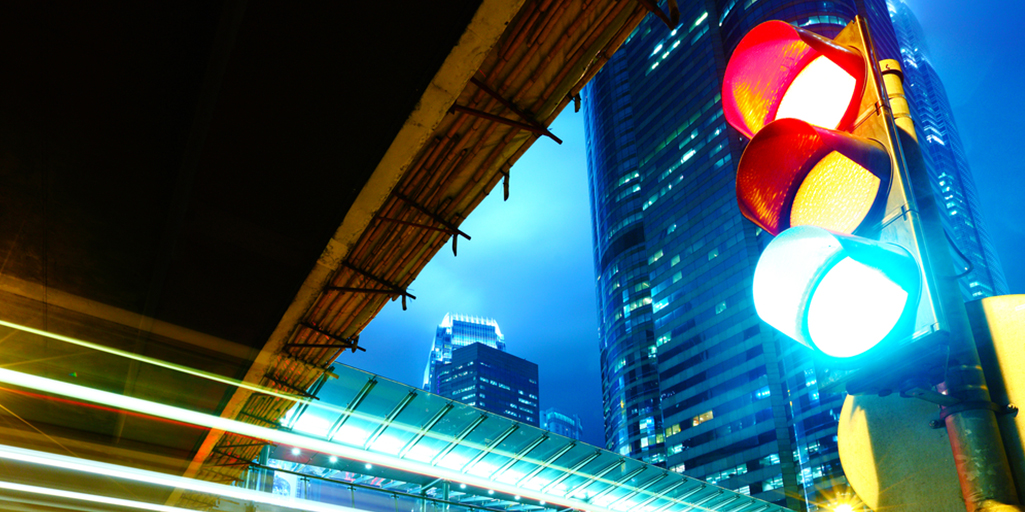
Red, yellow, and green: up to now these have been the colors used to control traffic. And we say “up to now” because engineers at the University of North Carolina in the United States have launched a curious proposal: to add a fourth light, this time white, designed for when the circulation of autonomous vehicles and cars driven by people becomes commonplace.
The project is called White Phase and, as they explain, it would allow autonomous vehicles to help control the flow of traffic and inform drivers of what is happening. Computer simulations they have performed of this novel traffic light have shown that it significantly improves fluidity through intersections and reduces fuel consumption.”The concept we propose for intersections leverages the computing power of autonomous vehicles themselves,” explains Ali Hajbabaie, associate professor of Civil, Construction and Environmental Engineering at the University of North Carolina and one of the authors of the paper published in IEEE Xplore, where they unveiled the project.
How does White Phase work?

The project is based on the possibility of autonomous vehicles communicating with each other and with the computer that controls the traffic lights. When a sufficient number of such vehicles approach the intersection, the white light is activated. This is the signal that informs the human-driven cars that the autonomous cars are coordinating their movements and, therefore, what they must do is simply follow the vehicle in front of them: if the autonomous vehicle stops, they will stop too; if it keeps going, the drivers will not stop either. If the non-autonomous cars are in the majority, the traffic light will revert to the traditional red-yellow-green pattern.
“Granting part of the traffic flow control to vehicles is a relatively new idea, and is known as the mobile control paradigm,” Hajbabaie explains. “It can be used to coordinate traffic in any scenario involving autonomous vehicles.”
To test the effectiveness of White Phase, the researchers used highly complex traffic simulators that reproduced real traffic. In this way, they were able to compare how traffic behaved at intersections with and without white light, as well as how the number of autonomous vehicles affected that behavior.


“The simulations tell us several things,” says Hajbabaie. “First, the vehicles improve traffic flow, regardless of the presence of the White Phase. Second, if autonomous vehicles are present, this further improves traffic flow, which also reduces fuel consumption, because there is less stop-and-go traffic. Thirdly, the higher the percentage of traffic at a White Phase intersection where autonomous vehicles are involved, the faster the traffic moves through the intersection and the better the fuel consumption figures.” And the positive results, moreover, are observed even when the autonomous vehicles driving accounted for only 10% of the traffic.
The project, however, will take time to become a reality, according to its creators, although they acknowledge that there are several elements of the White Phase concept that could be adopted already with only minor modifications. In the engineers’ opinion, this traffic control system could work very well in places such as ports, where the volume of commercial vehicle traffic is very high and where good traffic flow is most needed.
“Commercial vehicles seem to have higher adoption rates of autonomous vehicles, so there could be an opportunity to implement a pilot project in that environment that could benefit port traffic and commercial transport,” Hajbabaie concludes